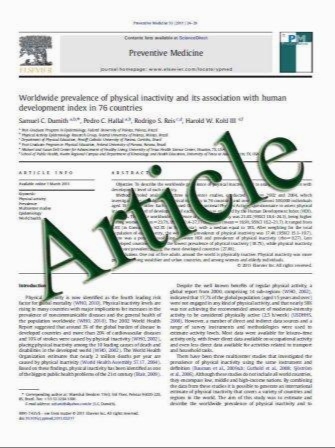The Importance of the Length of the Limbs for Gastric Bypass Patients—An Evidence-based Review
- نوع فایل : کتاب
- زبان : انگلیسی
- مؤلف : Dimitrios Stefanidis & Timothy S. Kuwada & Keith S. Gersin
- چاپ و سال / کشور: 2010
Description
The ideal length of the gastric bypass limbs is debated. Recent evidence suggests that standard limb lengths used today have a limited impact on patient weight loss. Our objective was to appraise critically the available evidence on the influence of the length of gastric bypass limbs on weight loss outcomes. We systematically reviewed MEDLINE, the Cochrane database of evidence-based reviews, and the Database of Abstracts of Reviews of Effects for articles reporting the effect of gastric bypass length on outcomes published between 1987 and 2009. Four randomized controlled trials and several retrospective studies were identified and reviewed. Longer Roux limb lengths (at least 150 cm) were associated with a very modest weight loss advantage in the short term in superobese patients. No significant impact of alimentary limb length on weight loss for patients with body mass index (BMI) <50 was seen. When the length of the common channel approaches 100 cm, a significant impact on weight loss is observed. The currently available literature supports the notion that a longer Roux limb (at least 150 cm) may be associated with a very modest weight loss advantage in the short term in superobese patients but has no significant impact on patients with BMI ≤50. To achieve weight loss benefit due to malabsorption, bariatric surgeons should focus on the length of the common channel rather than the alimentary or biliopancreatic limbs when constructing a gastric bypass especially in the superobese population where failure rates after conventional gastric bypass are higher.
OBES SURG (2011) 21:119–124 DOI 10.1007/s11695-010-0239-3 Published online: 1 August 2010


